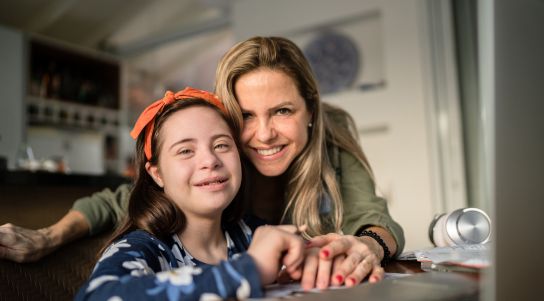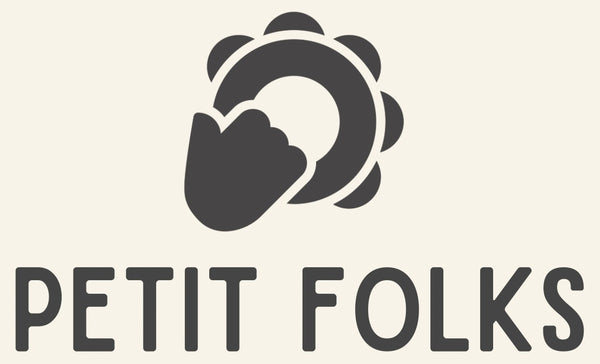
How can children with language difficulties find in Petit Folks a way to express themselves through gestures, songs, and Illustrations?
Share
A key resource to promote non-verbal communication in special education
Communication is a fundamental skill in child development. However, many children with language difficulties or special educational needs encounter barriers when trying to express themselves verbally, which can lead to frustration and limit social interaction. In response to this challenge, initiatives such as Petit Folks emerge, promoting more inclusive and multisensory communication.

This creative approach offers children visual and auditory resources designed to enhance expression beyond words. Through gestures, songs, and illustrations, Petit Folks becomes a bridge that connects children with their surroundings, strengthening their ability to communicate in an accessible, playful, and meaningful way.
The power of gestures
Gestural communication is a key tool in the expression process, especially for children with special educational needs. Gestures allow them to convey ideas, needs, and emotions without relying on speech, which is particularly useful for children who are still developing verbal language or have difficulties acquiring it. Being visual and easy to imitate, gestures facilitate understanding and stimulate interaction with others.

Illustrations that communicate
Images, drawings, and symbols serve as visual supports that enrich communication. These resources help associate concepts and facilitate the understanding of the surrounding world. Additionally, they establish a shared visual language that fosters autonomy and participation.
Benefits of strengthening non-verbal communication with Petit Folks
Petit Folks not only provides tools for communication with children with special educational needs but also promotes comprehensive development through sensory and emotional stimulation. Its main benefits include:
-Development of Non-Verbal Communication Skills: Through gestures and images, children find clear and effective ways to express themselves when words fall short.
-Language Stimulation: Songs naturally introduce new vocabulary and linguistic structures, reinforcing speech development in an affective and motivating environment.
-Multisensory Learning: The combination of visual and auditory stimuli enhances attention, memory, and understanding, adapting to various learning styles.
-Greater Confidence and Self-Esteem: Being able to communicate, even without words, strengthens self-confidence and improves participation in daily life.
-Inclusion and Social Bonding: Activities based on gestures and songs foster interaction between peers and adults, creating a more inclusive and collaborative environment.
-Emotional Expression: Illustrations and melodies allow the identification, representation, and channeling of emotions, contributing to healthy emotional development.

Petit Folks is more than just a resource; it is a way to understand and support children's communication from empathy and creativity, including those with special educational needs. By offering alternative expression channels, it helps everyone, regardless of their linguistic abilities, feel heard, understood, and actively integrated into their environment.
